Inverleven
Inverleven distillery lied on the cusp between the Lowlands and the Highlands, at the northern shores of the Clyde in Dumbarton. Inverleven distillery was built as part of the Dumbarton complex in 1938, making it a relatively young distillery.
| Information about the Distillery | |
|---|---|
| Scotland, Lowlands | |
| -4.567770 55.942092 | |
| Demolished | |
| Pernod Ricard |
| Average tasting notes Tasting notes |
i
|
|
|---|---|---|
|
Nosing
Fruit:
Zitrus:
Sweet:
Sweet:
Lime:
Melon:
Chocolate:
Pineapple:
Tropical Fruit:
Lime:
Pineapple:
Chocolate:
Zitrus:
Apple:
Melon:
Vanilla:
Mint:
Malt:
Herbs:
Oak:
Tasting
Spices:
Fruit:
Banana:
Oil:
Oil:
Zitrus:
Nuts:
Pepper:
Caramel:
Grapefruit:
Sweet:
Caramel:
Pepper:
Sweet:
Malt:
Banana:
Alcohol:
Hay:
Spices:
Herbs:
Alcohol:
Hay:
Peat Smoke:
Oak:
Herbs:
|
||
The Whisky
Inverleven distillery lied on the cusp between the Lowlands and the Highlands, at the northern shores of the Clyde in Dumbarton. Inverleven Whisky has always been quite rare, especially as the distillery has never released an official bottling. The distillery was part of the Dumbarton grain complex and when the distillery was demolished, its stills were removed, which means that in the decades to come the precious spirit will disappear from the market entirely.
Away from that rather depressing thought, at the moment it is still possible to source Inverleven Single Malt. There have been a number of independent bottlings, performed by the likes of Gordon & McPhail, Duncan Taylor, and Signatory Vintage. These independent bottlings range from the 1970s right up to the last cask fillings in the early 1990s.
Inverleven was built with the intention of providing spirit to be used in the Ballantine's blends, but the blenders never quite took to the spirit.
The Production
The exact production capacity of Inverleven has been lost with its demolition, but what we do know is, that at one point in time, it was the largest grain Whisky distillery in Scotland. Production-wise, Inverleven had quite a unique situation. Inverleven was not a 'distillery' as such, but rather two stills within the larger Dumbarton distillery complex, which produced mainly grain Whisky. Both Single Malt Whisky and the grain Whisky drew their water from the stunning Loch Lomond.
The Pot Stills
Inverleven was distilled using only two stills: one wash and one spirit still. The wash still had a capacity of 25’000 litres, while the spirit still had a capacity of 20’000 litres. Both of the original stills had a traditional 'Speyside' shape, with wide, spherical lids and tall conical necks. In 1959, Inverleven took over the use of one of the stills, that were used to produce the Lomond Single Malt on site, which had a distinctive 'Lomond' shape. This still had the same bulb shaped bottom as the Speyside still, but rather than a lovely tapering neck, the Lomond still had a thick, wide neck resembling a coffee can, with a flat or dome-shaped head. The still was used to replace the original Inverleven spirit still. The angle of the lyne arm was quite severe, which had a dramatic effect on the flavour of the spirit – Hiram Walkers, who owned the distillery, did that deliberately in order to cater to the demands of the blenders.
Maltings
The malts that were used in the production of Inverleven were unpeated, and sourced from a nearby industrial source.
The Warehouses
Inverleven was stored on the Dumbarton site in a small complex of dunnage bonded warehouses. The distillery used a combination of oak and Sherry casks in which to age the spirit.
History
Inverleven distillery was built as part of the Dumbarton complex in 1938, making it a relatively young distillery. Hiram Walker & Sons established the Single Malt with the intention of providing spirit to be used in Blends. The site at Dumbarton was owned by George Ballantine and Company and hosted their continuous stills, which were used to produce grain Whisky. In this sense, Inverleven was never a true 'distillery', but instead was simply a pair of stills within a larger facility. In 1991 Inverleven was mothballed. However, Inverleven’s legacy continues through its equipment. Bruichladdich recently decided to reopen the Lochindaal distillery at Port Charlotte and transported the machinery and stills from Inverleven to Islay.
Visitor’s Centre
Sadly not.

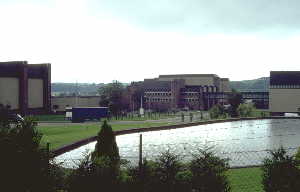
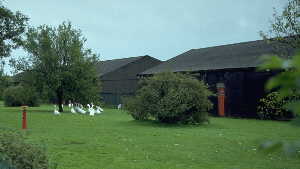
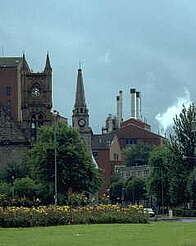
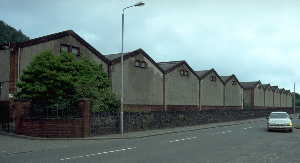
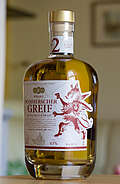
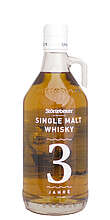
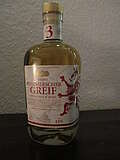
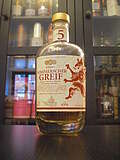
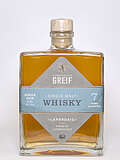
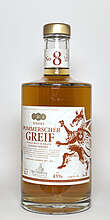
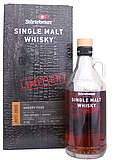
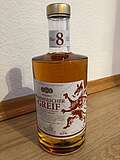
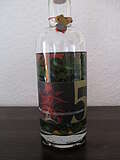
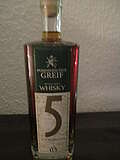



User Notes about the Distillery
Share your experience with other whisky lovers. Write a note about your trip to the Inverleven distillery.